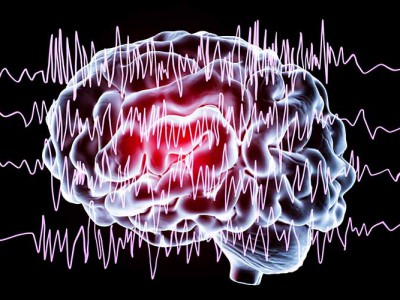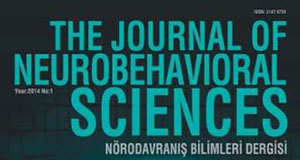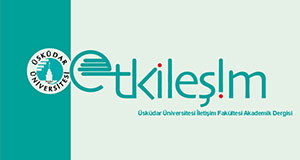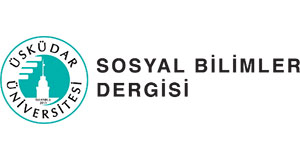
Developmental dyscalculia is a specific learning difficulty which reflects deficits in arithmetical skills. The cause behind this disorder is not known. Recent studies provide evidence in favor of believing that the disorder is somehow tied with specific brain regions’ roles. These regions include the intraparietal sulcus (IPS), the angular gyrus (ANG) and the supramarginal gyrus (SMG) in developmental dyscalculia. The present study investigates the role of these regions in adults with developmental dyscalculia. Brain images were collected from 10 participants with developmental dyscalculia and 10 control participants using fMRI while conducting number comparison, multiplication and subtraction tasks. The results revealed the activation of the intraparietal sulcus during number comparison and the activation of both the angular gyrus, the supramarginal gyrus, and the intraparietal sulcus during calculation tasks. These results suggest that the IPS activation was not less than the developmental dyscalculia group than in the control group when conducting the number comparison task; and that there were activation in the ANG, SMG and IPS regions of the brain in participants’ brains during both the multiplication and subtraction tasks.







